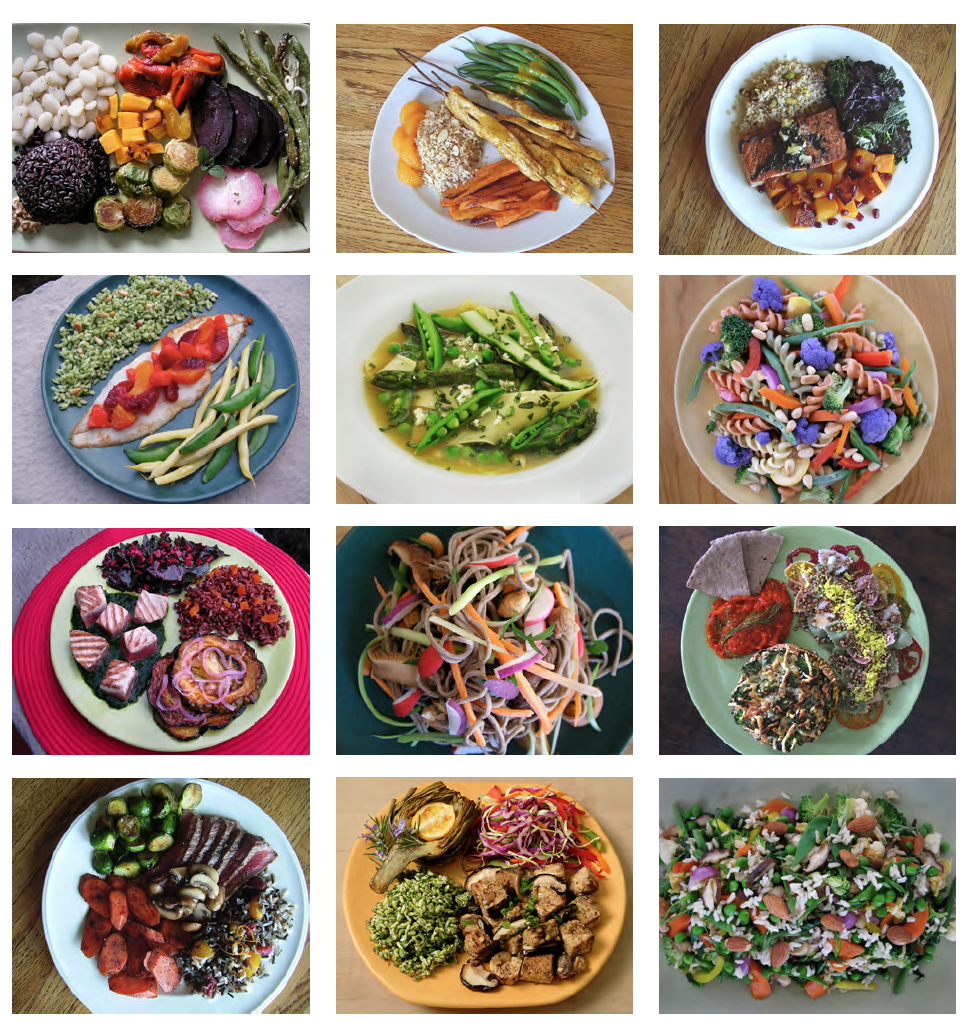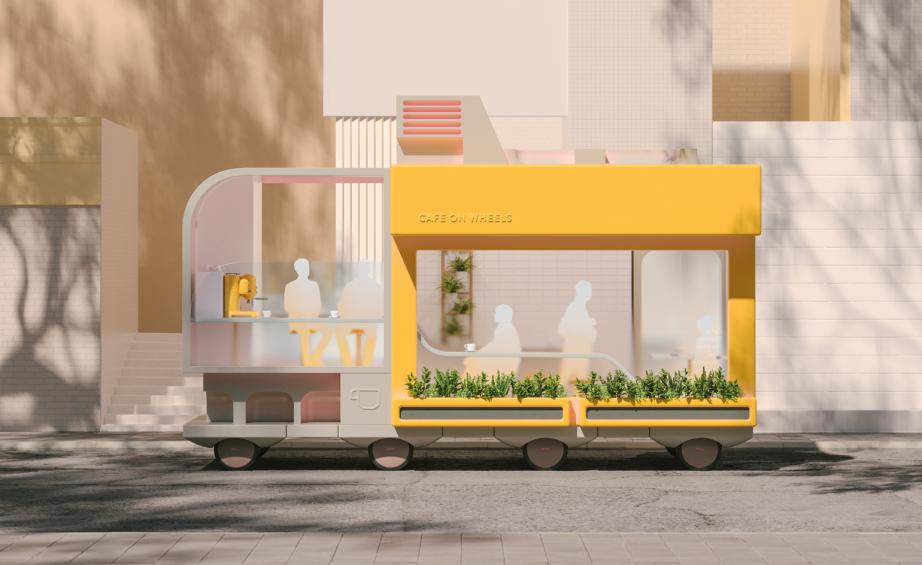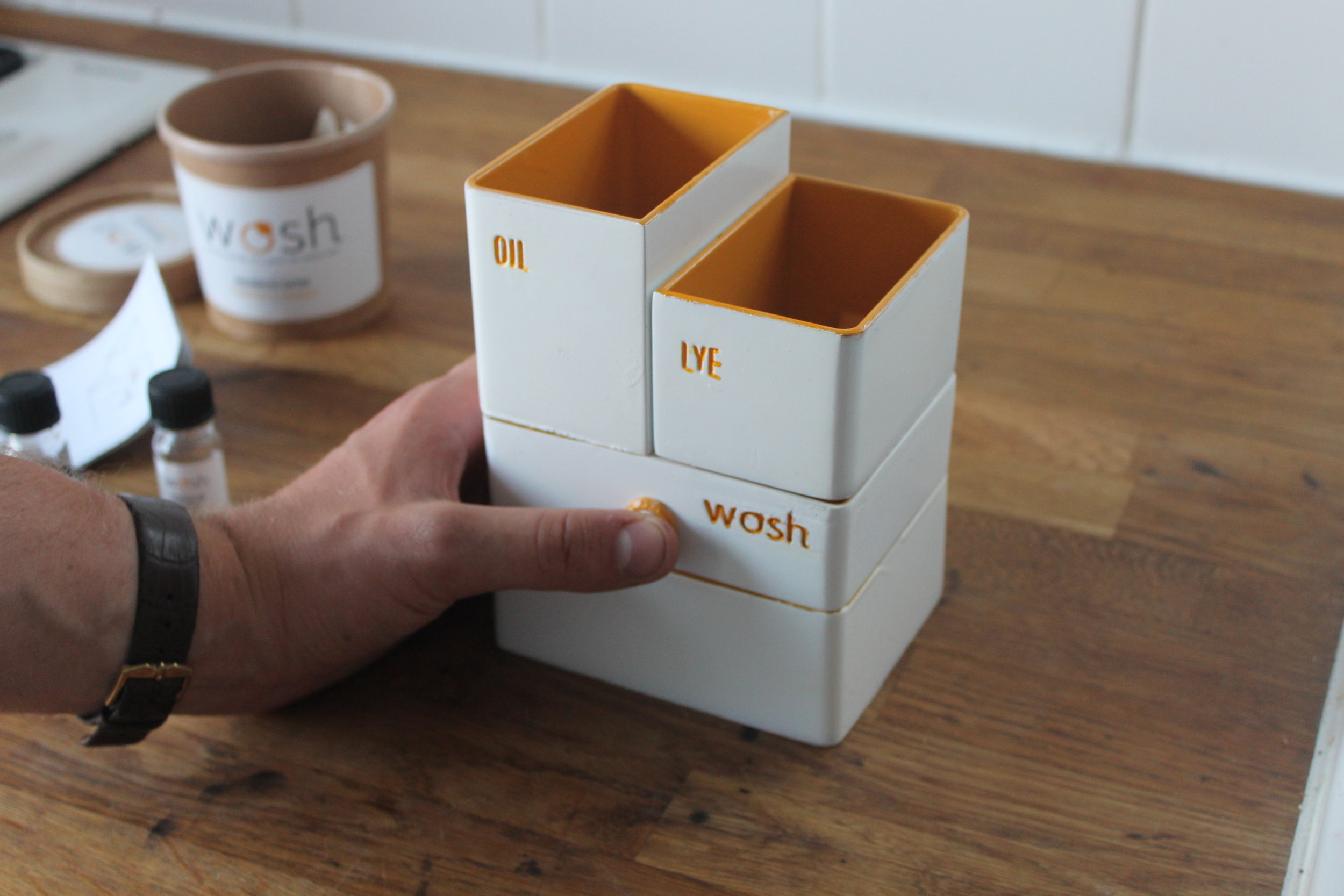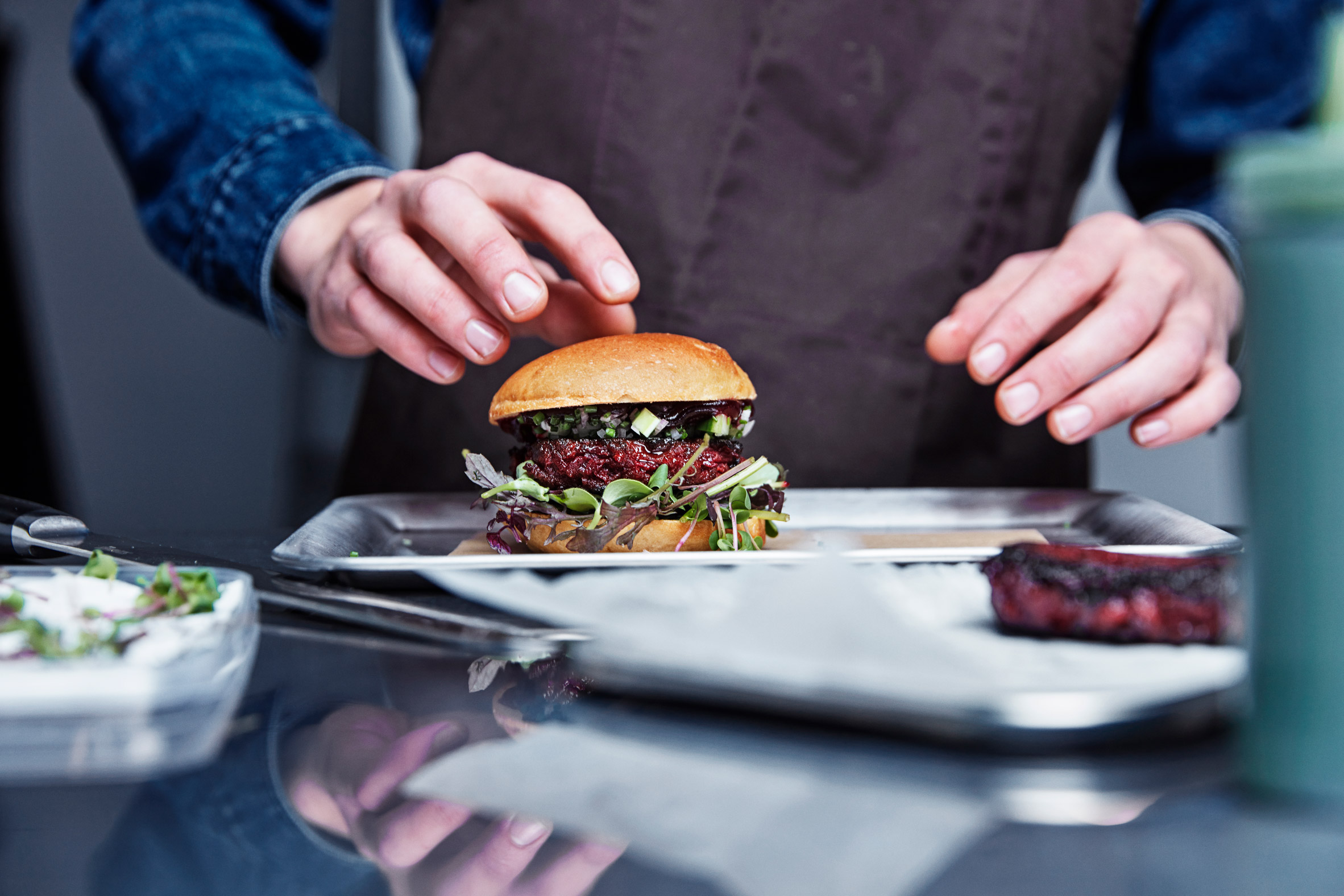Leaps by Bayer, an investment arm of Bayer AG, and Singapore-based investment firm Temasek announced the creation of a new company that will develop new varieties of vegetables best suited to grow in vertical farms. The new company, dubbed Unfold, raised $30 million from Temasek and Bayer in its initial funding round and plans to use the money for building out R&D operations in the U.S.
Unfold is taking a slightly different approach to the vertical farming concept. Whereas most vertical farming companies focus on developing new technologies to improve the grow process of plants (building more automation into the growing and harvesting processes or finding the perfect light “recipe” for a crop), Unfold will channel its resources into seed genetics to develop seed varieties specifically tailored to the vertical farming environment.
So far, vertical farms typically use seeds developed for other types of grow environments — greenhouses or open fields, for example. Unfold, which has entered into agreement for some rights to germplasm from Bayer’s vegetable portfolio, will breed seeds tailor-made for the vertical farming environment, which uses LEDs in place of sunlight and, typically, hydroponics or aeroponics.
Speaking in today’s press release, Unfold CEO John Purcell said the company will combine seed genetics with ag tech methods to improve things like flavor and appearance of vertically grown greens. The company also aims to develop seeds that can mature faster and yield more edible product. To start, the company will work on lettuce, cucumbers, and tomatoes.
Approaching the vertical farming process at the seed level, so to speak, is the exception rather than the rule at the moment, though Unfold isn’t quite the only company trying this. In Singapore, a company called SinGrow has developed its own breed of strawberries, which it grows on its own proprietary vertical farming racks.
Unfold’s Purcell told CNA this week that vertical farming is “an important player in the food ecosystem.” But the model has yet to prove itself as a food-growing method that can feed millions and deliver a return on investment. Focusing on seed genetics can help farmers cultivate more varieties of vegetables that taste better and grow faster may provide more answers to the question of vertical farming’s overall scalability and its long-term role in the food system.












































